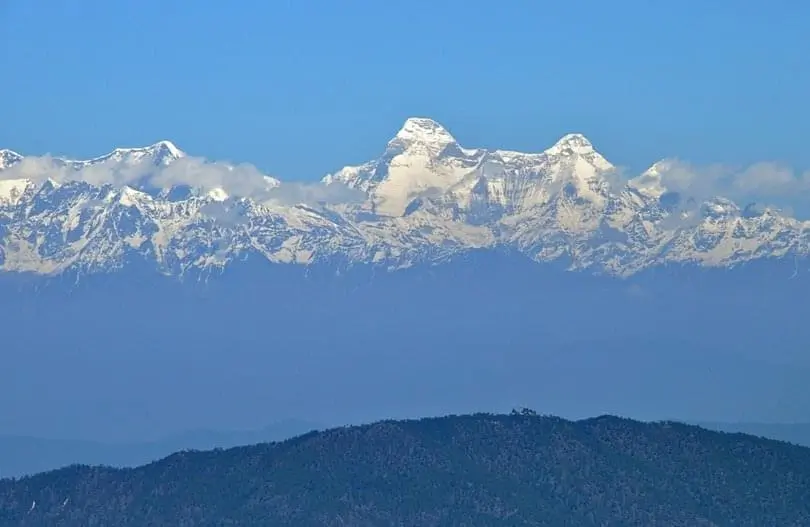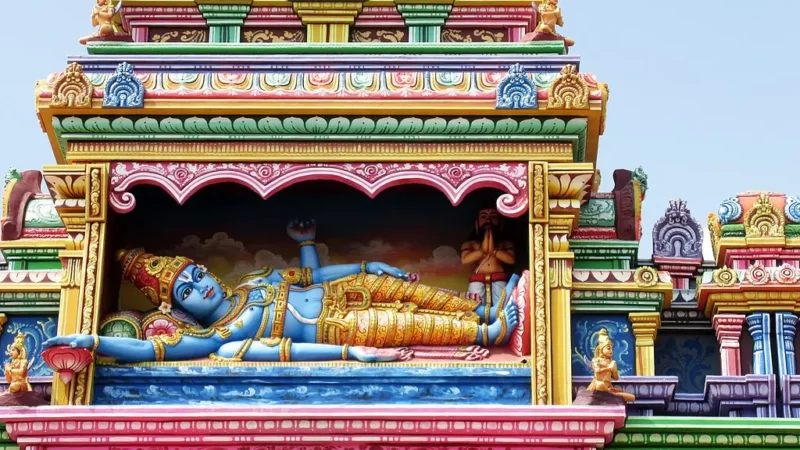Nanda Devi is the second highest peak in the Indian Garhwal Himalayas and is pinpointed in the Chamoli district of Uttarakhand, between the Rishiganga valley on the west and the Goriganga valley on the east. Nanda Devi is a two-peaked massif mountain that has two summits, forming a 2-kilometer long high ridge and is oriented east-west direction. The western summit is higher which is 7816m (25,643ft) and the eastern summit, called Nanda Devi East, (locally known as Sunanda Devi) which is 7434m (24,389ft). The mountain itself is surrounded by several peaks over a height of 21,000ft, making it a particularly difficult mountain to access. This region has been recognized as one of the most beautiful lands in the mountain ranges and the surrounding dense forest has immense opportunities for adventure.
"The peak Nanda Devi means "Bliss-Giving Goddess" which is considered as the patron goddess of the Uttarakhand Himalayas. The gorge of the Rishi Ganga river and the immediate area around Nanda Devi peak are considered as one among the lesser-known, most inaccessible parts of the Himalayan region."
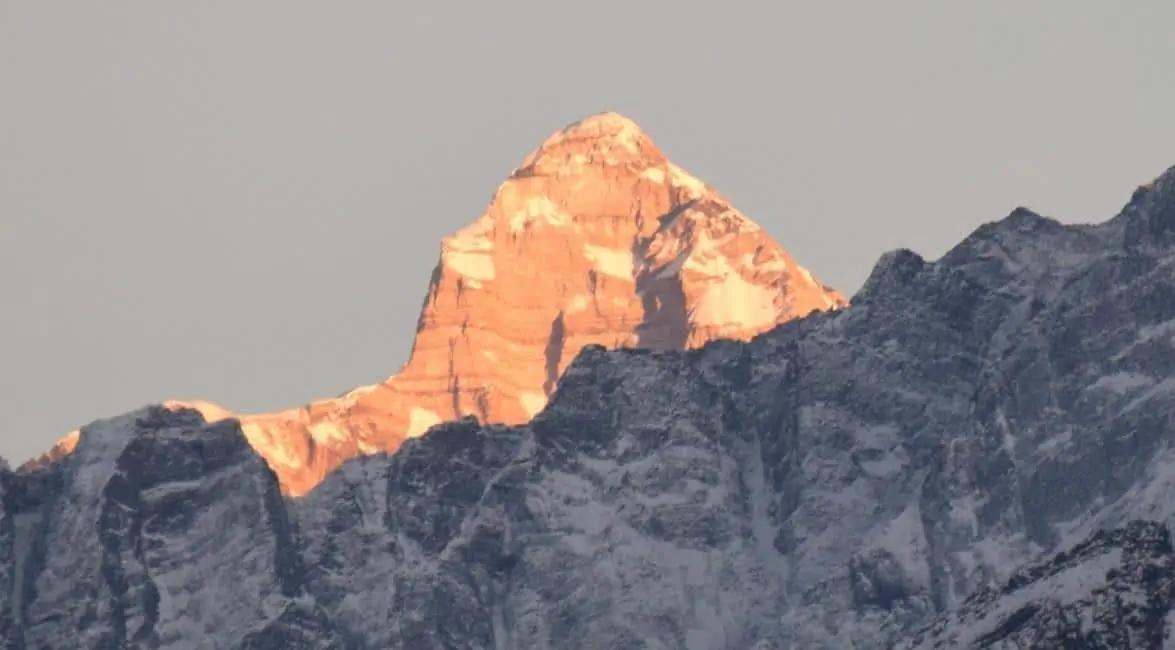 In acknowledgment of its religious significance and for the protection of its fragile ecosystem, the peak as well as the circle of high mountains surrounding it-—the Nanda Devi Sanctuary—-were closed to both locals and climbers in 1983, and also its surrounding Nanda Devi National Park (also known as Nanda Devi Biosphere Reserve) was declared as a UNESCO World Heritage Site in 1988. It was later expanded and renamed Nanda Devi and Valley of Flowers National Parks in 2005.
In acknowledgment of its religious significance and for the protection of its fragile ecosystem, the peak as well as the circle of high mountains surrounding it-—the Nanda Devi Sanctuary—-were closed to both locals and climbers in 1983, and also its surrounding Nanda Devi National Park (also known as Nanda Devi Biosphere Reserve) was declared as a UNESCO World Heritage Site in 1988. It was later expanded and renamed Nanda Devi and Valley of Flowers National Parks in 2005.
Nanda Devi Sanctuary Trek can be entered from Lata village, which is around 28 km from Joshimath. Nanda Devi is surrounded by many mountain peaks from all sides except the west where it is bounded by an inaccessible gorge. Nanda Devi Sanctuary is one of the most popular treks within the Garhwal Himalayan region that takes you to the abode of the sacred Goddess Nanda Devi, idolizing India’s highest peak Nanda Devi which is rising and shining at an altitude of 7,816 meters. The hulking high pyramid peak rising from the gigantic ring of high mountains and with the sacred Garhwal at its backdrop is the major attraction during this trek. This vicinity offers high mountaineering routes and trekking opportunities for all. The Nanda Devi trek passes through the opulent Nanda Devi Sanctuary, an amphitheater of seventy miles in perimeter and stretching to an altitude of 6,000 meters lies adjacent to the Rishi Ganga valley.
History of Nanda Devi Peak
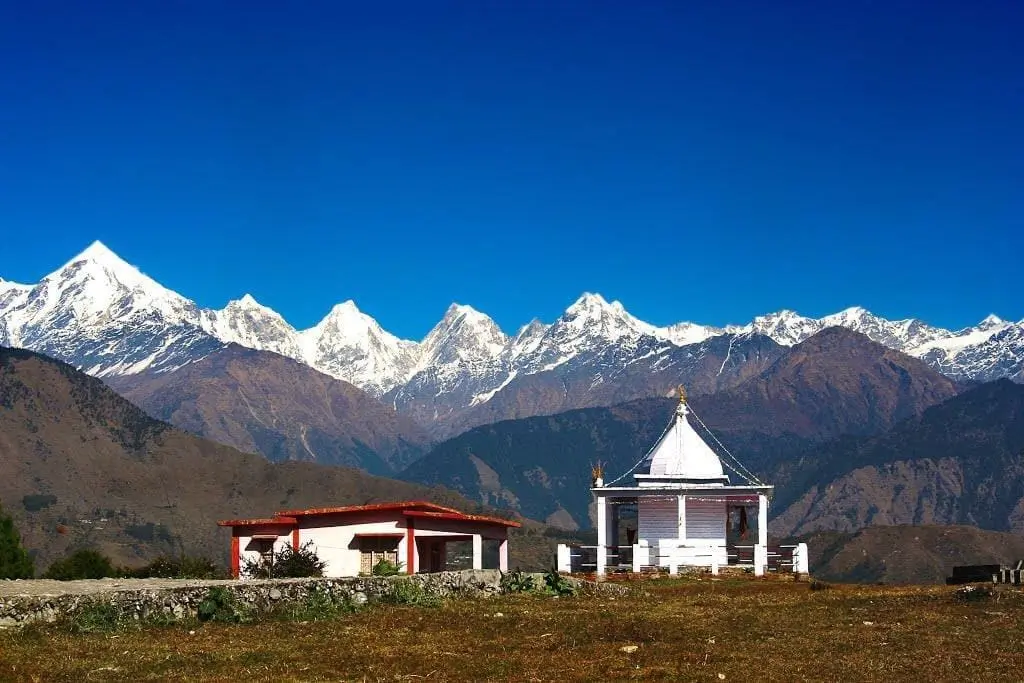
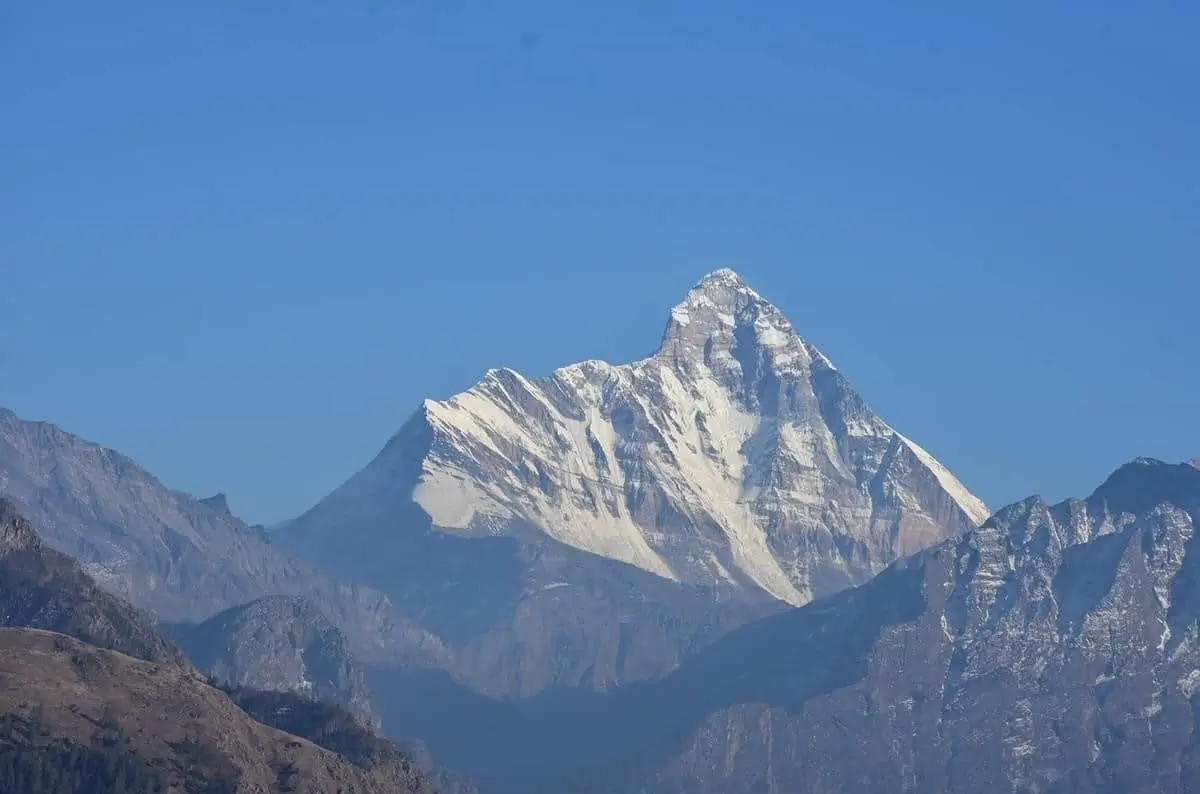
Highlights of the Trek
- Behold the sacred confluence of holy rivers at Devprayag, Rudraprayag, Karnprayag, and Nandprayag.
- Visit the legendary villages of Raini and Lata, which were the birthplace of the Chipko movement in the Himalayas.
- Witness the rare and endangered mammals of the Indian Himalayas like the musk deer, blue sheep, mainland serow, Himalayan black bear, Himalayan Tahr, and snow leopard. Langurs are found within the park.
- Nanda Devi National Park is home to a good sort of flora. Some 312 floral species including 17 rare species are found here. Fir, birch, rhododendron, and juniper are the most common flora found in this region.
Best Time To Visit Nanda Devi
The best time to visit Nanda Devi National Park and Nanda Devi Sanctuary is from May to October. The weather of Nanda Devi Sanctuary remains salubrious during summer and the Himalayas are distinctly visible. During Monsoons, the greenery of Nanda Devi welcomes the tourist to lose themselves amidst the beauty of nature. There may be chances of a roadblock for a couple of hours due to landslides but the scenic beauty is worth taking the risk. During Spring, Serenity and solitude are at their best at Gaumukh Tapovan.
Where To Stay
Accommodation
Most of the Resorts, Hotels, Cottages, and Homestays offers budget accommodation.
Camping
The nearest campsite to Nanda Devi National Park is Nanda Devi East Base Camp.
How To Reach
Route Map
Route to Nanda Devi National Park: Dehradun - Rishikesh – Devprayag – Rudraprayag – Karnprayag – Nandprayag – Joshimath – Lata Village – Nanda Devi National Park.
Road
Joshimath is 255Km from Rishikesh, 275Km from Haridwar, and 294Km from Dehradun. These four places are well connected through roadways to other parts of Uttarakhand state. Raini is 24.3Km from Joshimath and Lata village is 4.1km from Raini.
Train
Haridwar/Rishikesh Railway Stations are the nearest railheads from Joshimath. Rishikesh is 276kms far away from Nanda Devi National Park. You can find a taxi or bus to Joshimath from Rishikesh Railway Station which is connected to Haridwar, Dehradun, and other parts of Uttarakhand state.
AIR
Jolly Grant airport Dehradun is the nearest airport 269Km from Joshimath. From Joshimath, one should go trekking for around 30km to reach the Nanda Devi National Park.
TREKKING
From Lata Village, one should go trekking for around 8km to reach the Nanda Devi National Park.
Thank you for visiting my blog and stay tuned for more updates related to ancient history on my website: Ancientterminus


